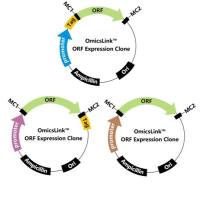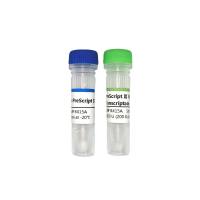Identifying Genes in Fusarium verticillioides Through Forward and Reverse Genetics
互联网
互联网
相关产品推荐

CUTA/CUTA蛋白Recombinant Fusarium solani subsp. cucurbitae Cutinase (CUTA)重组蛋白Cutinase(EC 3.1.1.74)(Cutin hydrolase)蛋白
¥2616

Recombinant-Arabidopsis-thaliana-Protein-CPR-5CPR5Protein CPR-5 Alternative name(s): Protein constitutive expression of pathogenesis-related genes 5; Protein constitutive expression of PR genes 5 Protein hypersenescence-1
¥13790

Clptm1 Rattus norvegicus CLPTM1 regulator of GABA type A receptor forward trafficking (Clptm1), mRNA.
询价

逆转录酶:PreScript Ⅲ Reverse Transcriptase
¥400

Recombinant-Fusarium-oxysporum-Chitin-synthase-export-chaperonechs7Chitin synthase export chaperone
¥11746

